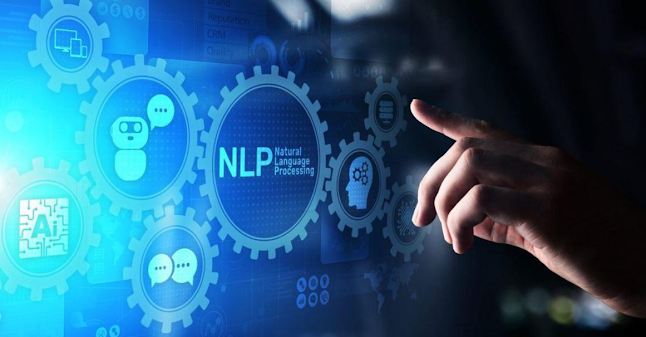In our bustling life we use a bunch of different technologies without even realizing or giving a thought to it. One of these technologies has become a very pervasive and hot topic recently, as world now hinges upon automation for a number of day to day activities. You must have heard the term Natural Language Processing from the perspective of Artificial Intelligence. Let's see how it’s making things easier for us.
What is NLP?
NLP is a branch of computer linguistics that empowers computer programs to analyze, interpret and derive meaning from the speech and text which are a form of human language. Emotions like excitement, sarcasm, sadness are difficult to delineate and analyze. But NLP has eliminated this issue. Its unique ability to decipher the natural language by machines have greatly reduced the need for manpower. NLP has become facile over the years. Companies have vast amount of data in the form of texts messages, audios, emails or videos which they receive from different communication channels. When you analyze this large amount of data your algorithms improve in terms of functioning.
There are several techniques that are involved in the better functioning of NLP, that have decreased the time to process the information by discarding or omitting inessential elements and simplifying the sentences. These techniques have also helped companies to achieve their objectives:
1. Sentiment Analysis
In this technique, sentences and statements are examined on the basis of sentiments or emotions. According to this analysis, human verbal and written communication in the form of sentences is assessed by looking at whether a specific chunk of the sentence elicits a positive, neutral or a negative response towards a certain subject. Marketers frequently use this technique in order to see the attitudinal response of consumers towards products, brands, campaigns, events etc. Advanced algorithms are more receptive in perceiving and recognizing emotions behind the sentences such as fear, anger, excitement, happiness or sadness etc.
2. Parsing
In this method the sentences are broken down into simpler form to deduce the meaning. By analyzing the words and their relationship with one another the algorithms are able to tell about their structure.
3. Relationship Extraction
In this process, certain entities are fished out from a statement or a sentence to establish a semantic relationship between them. If you want to know something such as the "Products offered by Outfitters", you simply search it on Google and the right answer will appear on your screen. All this is done by using relationship extraction technology, the algorithm picks out the words such as "products" and "outfitters", forms a link between them and gives you a list of products that the company offers.
In short, NLP is picking pace and providing a unique form of interaction between humans and machines. You can take the example of Apple's Siri that provide virtual assistance, enabling you to make calls or send text messages through verbal communication. According to a study around 75% of the business owners want to adopt and change the way they operate in order to align themselves with the changing customer needs. Many are incorporating NLP models to interact and quickly respond to their customers, so there is no doubt that progress is being made in this technology.


No comments:
Post a Comment